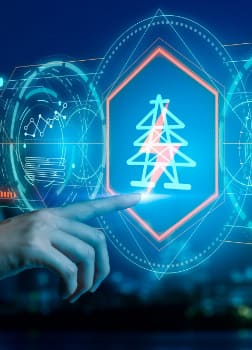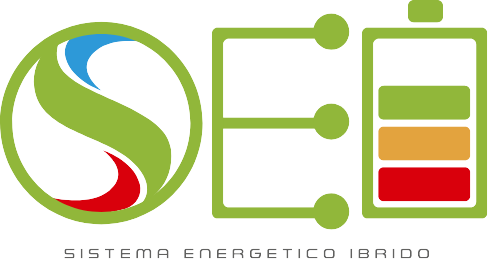Community Energy System
- Home
- Community Energy System
Full support for RECs

SEI are certainly among the enabling technologies able to provide the possible solutions in order to favor the energy transition, including that based on the involvement of citizens to build with them aggregations such as renewable energy communities (REC). Through the REC it is possible to achieve the objective of encouraging citizens to consume almost “instantaneously” the energy produced by plants powered by RES and belonging to the community itself (self-consumption).
Under quasi-static conditions, this would allow minimizing the gap between the power required by the loads and the power generated overall by the generators present in the community. This strategy involves citizens to push them to join CERs is to provide economic incentives for this method of self-consumption by rewarding the members of the CER who, with virtuous behaviour, contribute the most to the goal.
Clearly, by succeeding in this intent and imagining spreading this “modus operandi” to the entire electricity system, a significant contribution could certainly be made to the first of the intrinsic problems mentioned above, ie the non-programmability of RES.
In addition to the virtuous behavior of members of a REC, it is also possible to think of using suitable technologies (innovative grid-interface systems with which generators powered by RES are connected to the electricity grid, storage systems, smart meters and management platforms, etc) that help the community tend towards “instantaneous” self-consumption of the energy produced so as to be able to create what we could refer to as the “Net Zero Power Renewable Energy Community” (NZPREC).
The RECs, therefore, can make a significant contribution to the national electrical grid in maintaining the balance between generation and load, necessary to guarantee its correct functioning even in the face of a growing penetration of RES and a progressive abandonment of traditional generation from fossil fuels. In this project proposal, the functional characteristics of the SEI will be defined in consideration of the operation of the RECs as currently regulated by the Italian national legislation, which are based on what is defined as “virtual” self-consumption.
The “virtual” self-consumption (also defined as “commercial or “on an extended perimeter”) provides, according to defined rules, the use of the public National Grid for the exchange of energy between generation and consumption units and, on which, each user is normally connected through his own connection point (called POD, Point of Delivery). Furthermore, the Italian legislation encourages “instantaneous” self-consumption (evaluated on an hourly basis) and therefore it is a form very close to that of NZPREC. Therefore, thanks to enabling technologies such as the SEI, it will be possible to form RECs with the possibility of maximizing the electricity shared according to the “instantaneous” self-consumption scheme.
